Shiretoko National Park: Nature’s Final Frontier in Japan

Shiretoko National Park is one of the few places left in Japan where nature is allowed to run wild. What is there to see and do in Shiretoko National Park? Join us as we explore the region's charms, activities and its creatures great and small.
Japan is a country of cities–from modern metropolises, buzzing with the excitement of millions of lives to ancient capitals, with buildings, customs, and cuisines founded centuries ago.
However, Japan’s long history of pursuing urban development has meant that many ecosystems have been pushed to the brink of danger. This makes the presence of national parks in the country all the more important; none more so than Shiretoko National Park on the very tip of Hokkaido.
Shiretoko National Park, Features and Access
1. Location and Features
2. Getting To and Around the Shiretoko Peninsula
3. Shiretoko Five Lakes
4. Shiretoko by Sea
5. Driving and Hiking
Shiretoko National Park: Location and Features
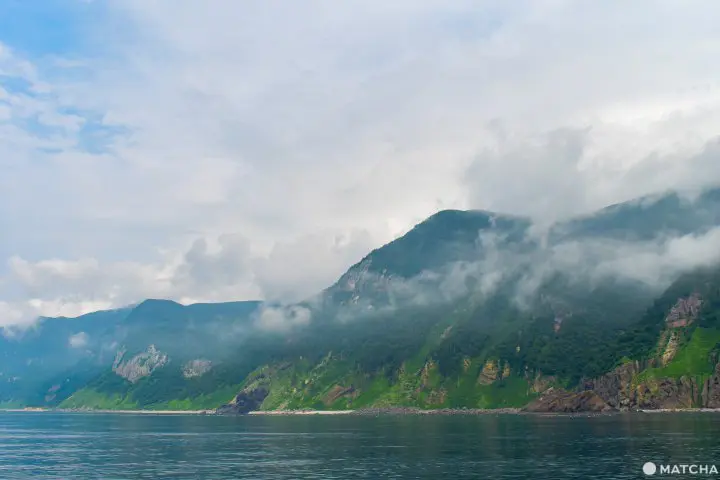
The Shiretoko National Park, which is also a UNESCO World Heritage Site, takes up almost the entirety of the Shiretoko Peninsula– that pointy bit of Hokkaido jutting out into the Okhotsk Sea. It was officially designated a Japanese national park in 1964.
Prior to Japanese colonists arriving, it had long been settled by the Ainu, Hokkaido’s indigenous people. “Shiretoko” is in fact a Japanization of the Ainu words sir etok, meaning “the edge of the world”. The Ainu remain present in the region today and the national park organization diligently upholds values that are important to Ainu culture, such as stewardship of the land and wildlife protection.
To that end, the majority of the park is completely out of bounds to anybody except a very small group of authorized individuals. The result is a near-perfect ecosystem and a world where it is easy to forget that humans even exist.
While much of the park remains a mystery to the average visitor, there are still a number of things to see and do! Join us as we explore Shiretoko National Park, nature’s final frontier in Japan.
Getting To and Around the Shiretoko Peninsula
The Shiretoko Peninsula is commonly divided into two sides, the Utoro side on the north and the Rausu side on the south. The two sides are connected by the Shiretoko Pass, the only road that cuts across the peninsula. It is closed from November to April due to heavy snow.
Unfortunately, getting to and exploring the Shiretoko Peninsula is extremely difficult without the use of a car. While there are some limited bus and train services, they are infrequent and run on the Utoro side of the peninsula only.
We recommend accessing the peninsula from Memanbetsu Airport and picking up a rental car to self-drive around the peninsula. This will give you maximum flexibility and will save you from rushing to meet confusing timetables.
Another option is to join a guided tour of Shiretoko, in which you explore the area's highlights by car or bus. The guide will offer precious information on the rare flora and fauna of the region.
Stroll Around the Shiretoko Five Lakes
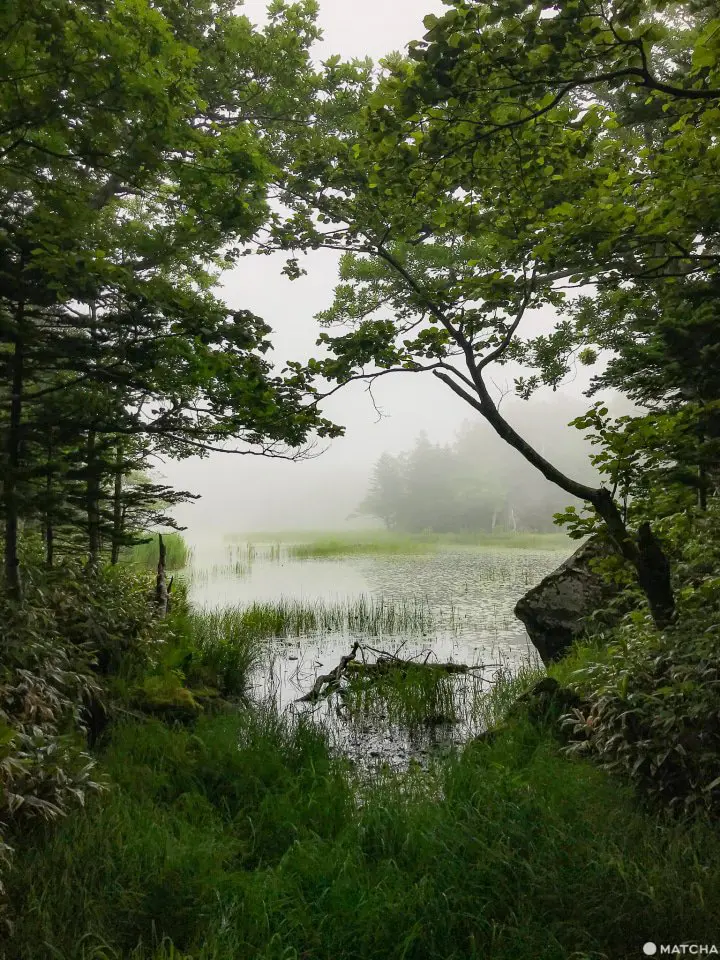
If you are an outdoorsy type, then head to Shiretoko Nature Centre (Utoro side of the peninsula) where you can enjoy a loop walk exploring the Shiretoko Five Lakes.
This boardwalk loop takes you through some of Shiretoko’s incredible forests and around five small lakes, each with its own characteristic. The full walk around all five lakes is mostly flat, not too challenging, wheelchair-friendly and, provided you have no interruptions (see below!) should take just 90 minutes.
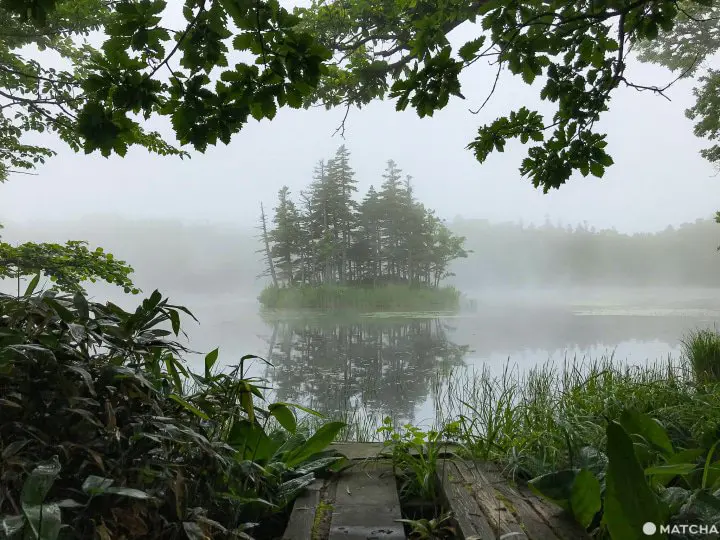
Even on a foggy day like this one, the lakes are absolutely beautiful.
One thing to keep in mind is that the Five Lakes are right in the heart of bear territory. The Ussuri Brown Bear (kim-un kamuy, “god of the mountain” in Ainu) is the largest land mammal in Japan.
There are estimated to be roughly 300 brown bears per 1000 sqkm in Shiretoko National Park, making it one of the most densely populated brown bear habitats in the world. Bear sightings are not uncommon, so if you are visiting the Five Lakes during peak bear season (May through to the end of July) it is mandatory to join a guided tour in Japanese led by a licensed nature guide.
Outside of bear season, you are free to explore the boardwalk on your own but visitor numbers are capped each day and some trails may still be closed in the event of bear sightings.
In winter, you have the option of exploring the frozen lakes by snowshoe. It’s an amazing way to get a very different view of the lakes that you cannot experience in summer!
Shiretoko by Sea
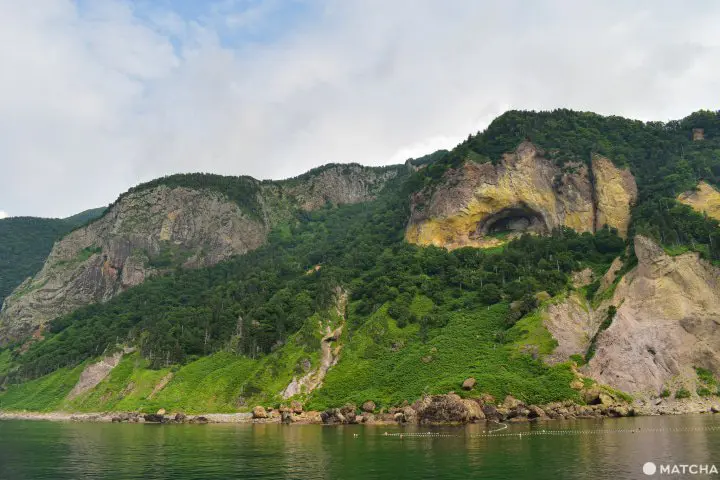
If you’re not one for walking, then we recommend a cruise instead. Sailing around the tip of the peninsula, you have the chance to see the beautiful coastline from afar, as well as many species of wildlife. The cruises offer magnificent views of the national park’s many waterfalls, many of which cannot be accessed by land.
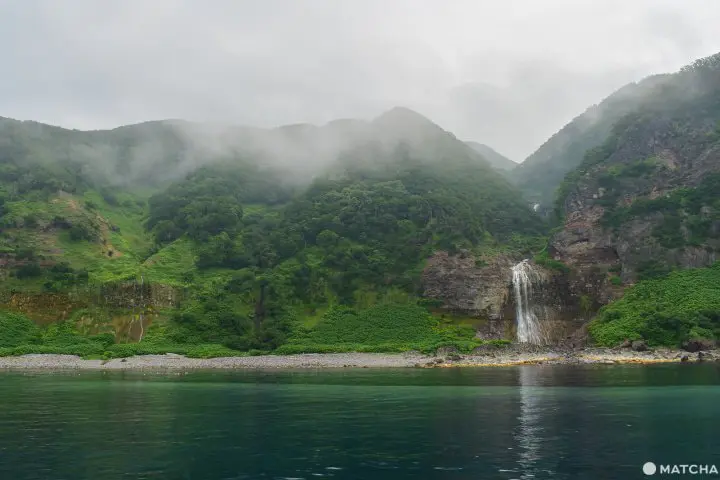
Throughout the green season, cruises from both the Rausu and Utoro sides of the peninsula will sail around the tip of the peninsula with a very high chance of seeing brown bears strolling the coastline!
This is a great option for visitors who would love to see brown bears but from a safe distance. You have the best chance of seeing them from September to early October when the hungry bears gather at the mouths of rivers hoping to catch some tasty salmon, but they can be spotted throughout the green season.
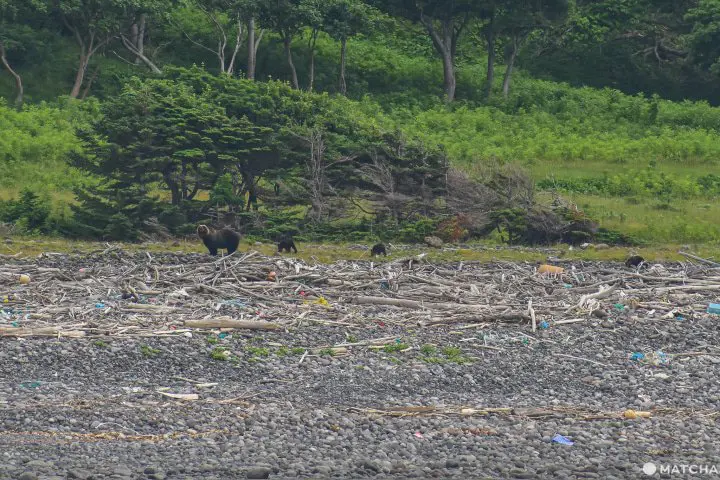
Here there be bears...
In July, whale-watching cruises are popular, with many hoping to see orcas (rep-un kamuy in Ainu, meaning “god of the ocean”) or sperm whales. You might find that some of the more curious creatures get close enough to your boat that you can look them right in the eye! It is quite a magical experience.
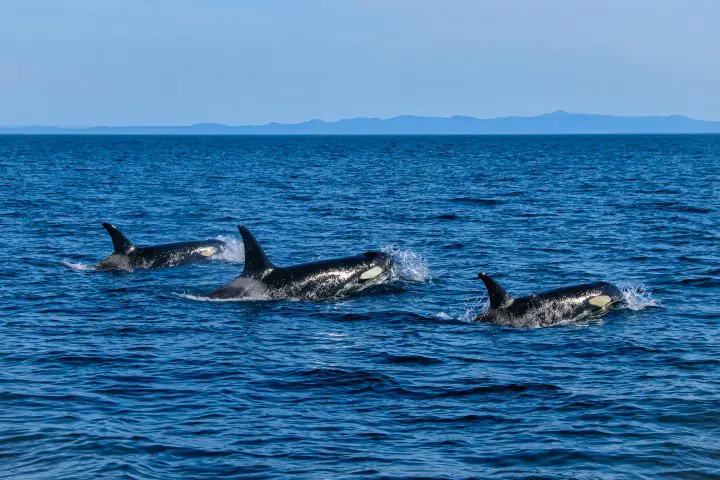
Three orcas swim together. ©︎Hachi (for MATCHA)
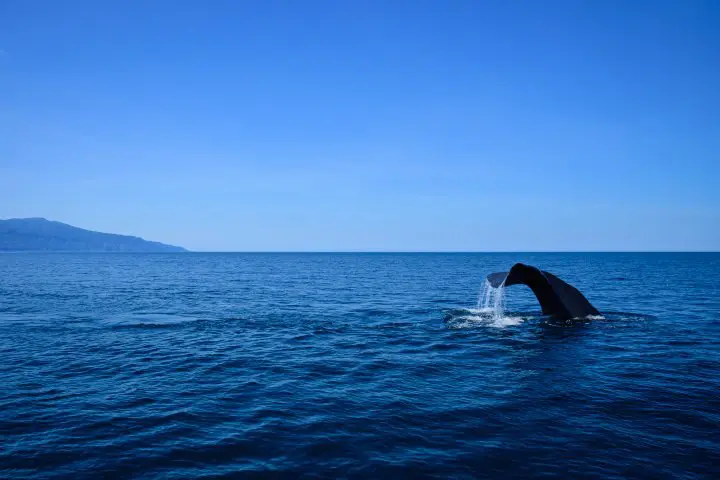
A sperm whale disappears majestically into the blue... ©︎Hachi (for MATCHA)
The winter months offer a chance to see one of Japan’s largest aerial predators, the Steller’s Sea Eagle. These enormous birds, which are also the world’s heaviest eagle, gather on ice floes in the Sea of Okhotsk.
Nature watching cruises departing from the Rausu side in winter get right up close to these powerful creatures, and when you see their size up close, you can really start to appreciate their bulky build!
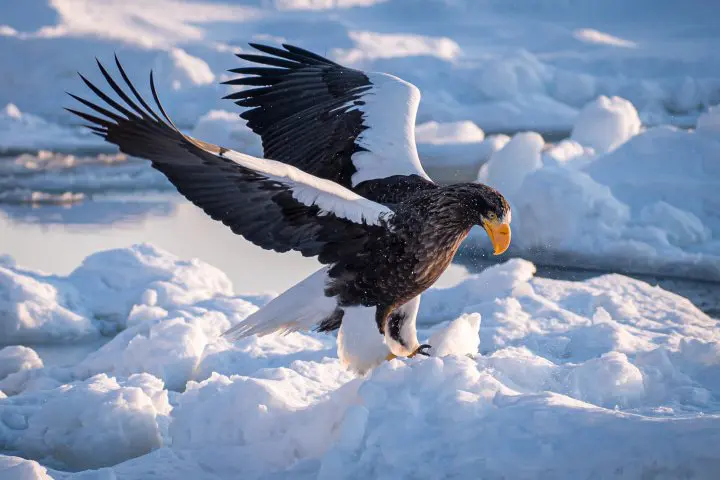
The majestic Steller's Sea Eagle. ©︎Hachi (for MATCHA)
Driving and Hiking
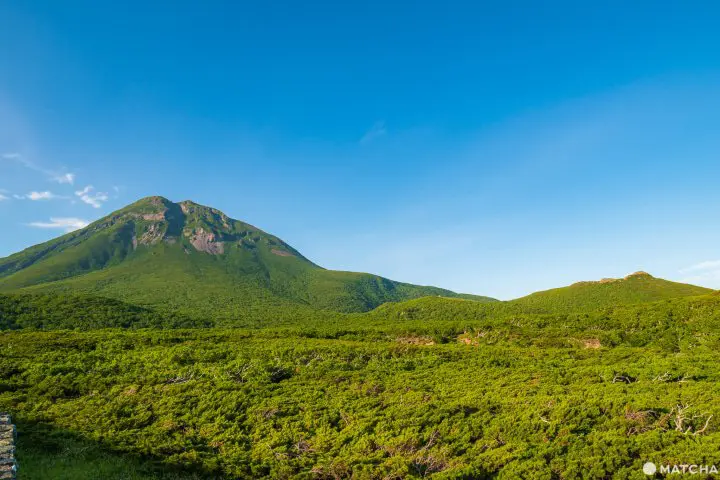
We mentioned the Shiretoko Pass earlier, the only road cutting across the peninsula. This amazing road is well worth a drive! Aside from the astonishing views, you have a chance to spot bears, deer, foxes, and more from your car window.
(A note that in recent years, tourists have been seen offering food to wild animals. Please don’t do this– this can condition animals into associating humans with food which can lead to dangerous human-wildlife encounters.)
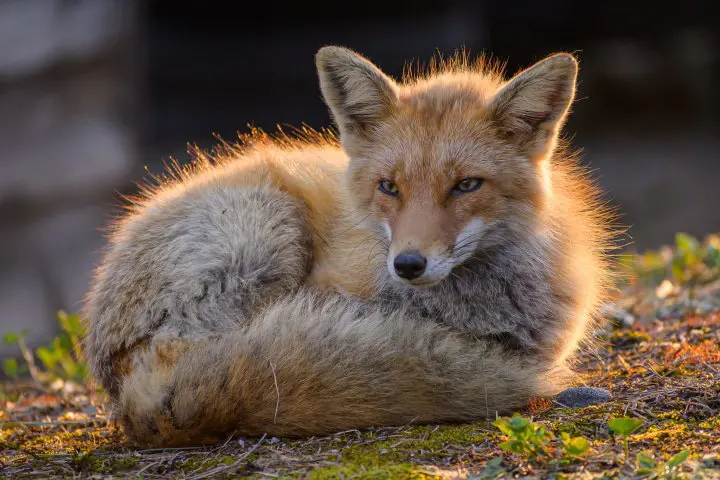
As adorable as Hokkaido's foxes are, please don't feed them! ©︎Hachi (for MATCHA)
The mountain pass is not that wide, so do avoid parking or stopping on the road as this can cause traffic accidents. However, at the road’s highest point, there is an observation platform that allows you to take a break from driving and enjoy the magnificent scenery for a while.
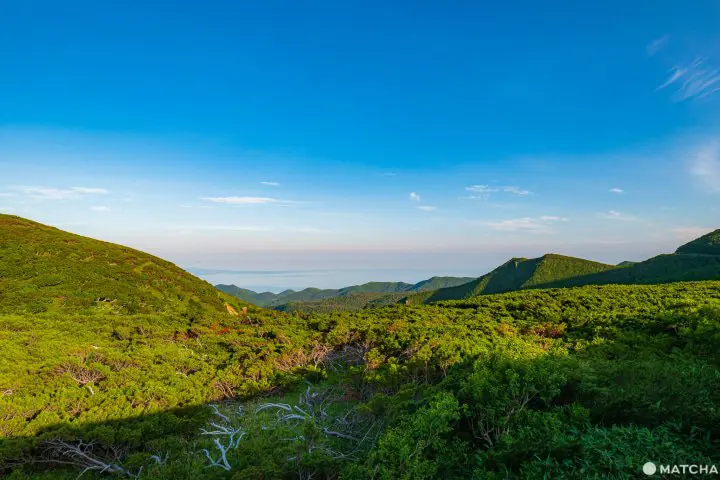
Sea view from the viewpoint at the top of the Shiretoko Pass
Alternatively, if you’re more adventurous, there are a number of hiking routes that you can enjoy separate from the Five Lakes walk.
The hikes leading to Lake Rausu (around half a day with stops) and the trail to the top of Mt. Rausu (a full day with stops) are great for experienced hikers. As always in Shiretoko, be aware that you are in bear country.
Please equip yourself with a bear bell or a speaker and make plenty of noise on the trail to alert bears to your presence. The Mt. Rausu trailhead at Iwaobetsu Onsen asks hikers to register their details and also has rental bear sprays available, just in case.
Due to the presence of bears, we also wouldn’t recommend doing these hikes solo–bring a friend with you or book onto a guided tour if you lack experience hiking in bear country.
A Place of Exploration
As we transition to a more climate-conscious era, ecotourism is experiencing a boom. With a history rooted in an indigenous culture, an emphasis on preserving wildlife, and promoting an understanding of the balance between humanity and nature, Shiretoko National Park is likely to rank at the top of many ecotourism lists.
A visit to this outstanding World Heritage Site is sure to not only be an adventure, but an educational experience, too– you will come away from this breathtaking region with a deeper understanding of humanity’s place in ecosystems and what we can do to better support our planet.
Read also
Main image by Pixta
Hachi was born in the UK and, like so many others, developed a love for Japan through anime and manga. Upon visiting Japan for the first time aged fourteen, she was enrolled in a traditional arts school for a few days and wore a kimono, participated in a tea ceremony and learned how to play the koto. Her eyes were opened to the rich and varied culture of Japan and it became her ambition to study the language, live in Japan and learn more about the country.
After a stint in Nagoya and then Tokyo, these days you'll find her wandering the vast lands of Hokkaido with her camera, photographing the beautiful scenery and tucking into delicious seafood from the region's frigid seas!





































![[Coupon Available] Attention Overseas Winter Sports Fans! Nagano's Sports Depot Has Evolved](https://resources.matcha-jp.com/resize/720x2000/2026/01/05-254819.webp)
![[2 hours from Tokyo ] 10 Quiet and Breathtaking Views of Mount Fuji in Yamanashi Hokuto City , Yamanashi - Part 2](https://resources.matcha-jp.com/resize/720x2000/2025/12/16-253037.webp)

![[Reopening in March 2026] Ikoma Sanjo Amusement Park Park, 45 minutes from Osaka , with free admission](https://resources.matcha-jp.com/resize/720x2000/2024/08/28-194409.webp)